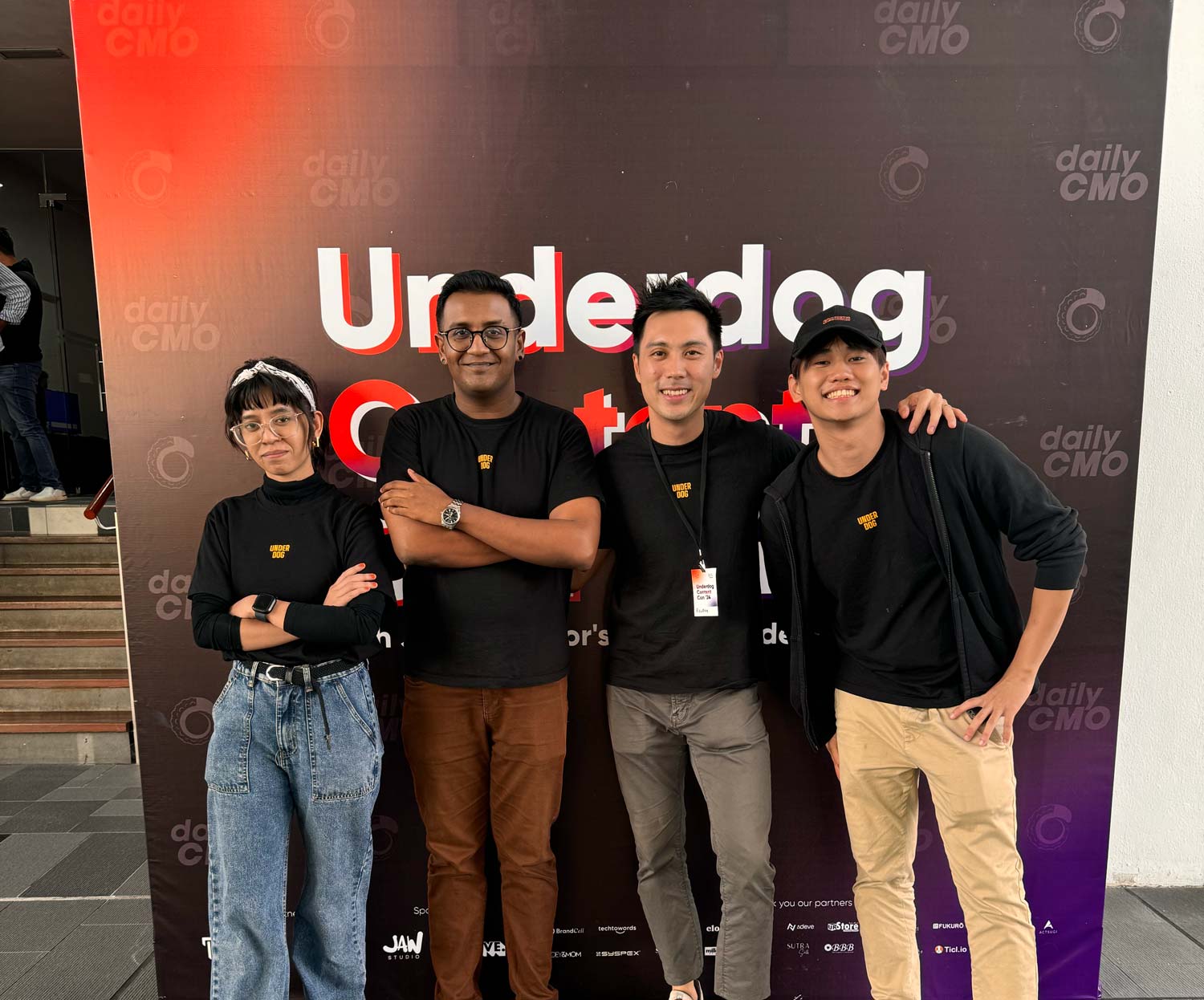Marketing to a race or an identity?
I can't tell you the number of times we've had clients ask us, "How can we remove Bangladeshis from seeing our Facebook ads". That's racist. What they should be focused on is "identity".

You and I are not the same. We don’t look the same. We like different things.
The best marketers know this and market differently to different people.
Racial targeting used to be a thing
In 2015, the studio behind Straight Outta Compton felt confident that their film would do well with African Americans. They though, are unsure about white viewers.
So they ran different trailers for different races:
Targeting by affinity on Facebook:
- The general population (non-African American) saw a trailer that sold the movie as the rise of Dr. Dre and Ice Cube.
- African Americans saw a trailer that opens with the word N.W.A (Niggaz Wit Attitude), and how Compton was put on the map.
In 2018, Toyota did the same
By marketing their Camry with 8 different ads – each highlighting a different consumer profile.
Here's one of them:
Multicultural marketing (diversity marketing) works.
But these days? Inclusive marketing has started to latch on. People have identities that are more than just their race, ethnicity, or nationality.
Today, if you make an ad or do any marketing, acknowledge the many ways your consumers are different. Incorporate all those identities in your marketing mix.
Or be insensitive and get slammed. Here's one just quite recently:

Some "inclusive" ads to inspire you
Nike showcased athletes from various backgrounds to build relatability
Fenty Beauty's campaign revealed a diverse array of models – women with different colors.
Broadcasted in the 2017 Superbowl, this ad stands up for people of all backgrounds.
Tips to include your audience
I'll leave you with some ideas to include your audience in your marketing.
- Can you feature a customer this week?
- Send a video message to a customer!
- Interview your client on a podcast.
- Run a poll on Instagram, and ask your audience for their opinion.
- Build in public.
Throwing more money into Facebook ads isn't the answer
If you sell online, you'll know that scaling isn't about spending more ads. On the flipside, it's about improving the experience for your customers.
The formula is simple.
When people feel happier, they buy more. As a matter of fact, don't we all buy things to feel good?

